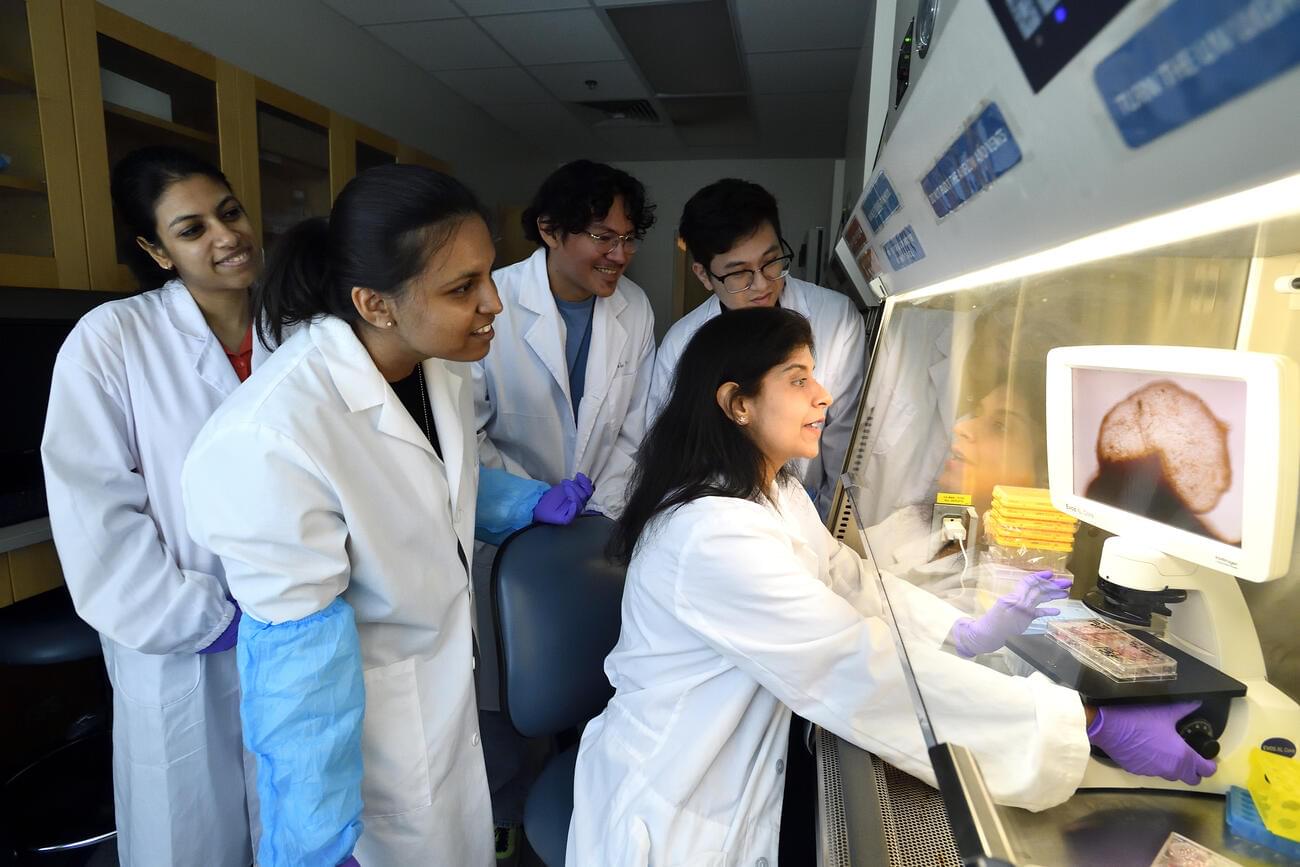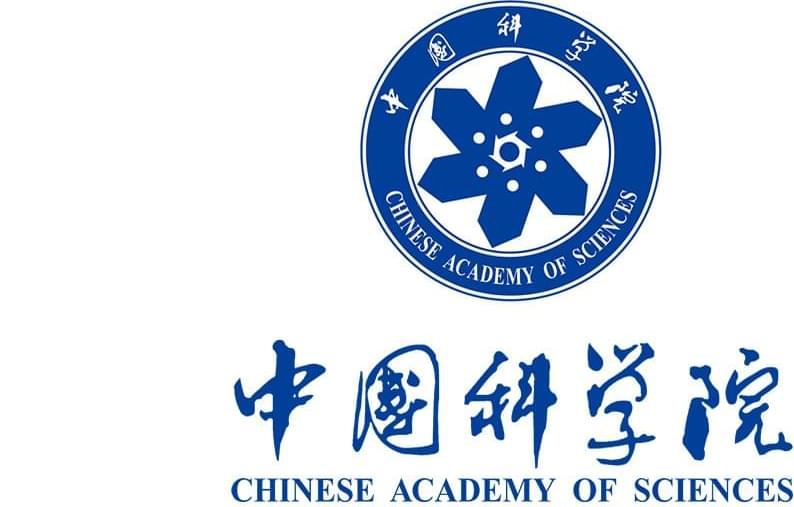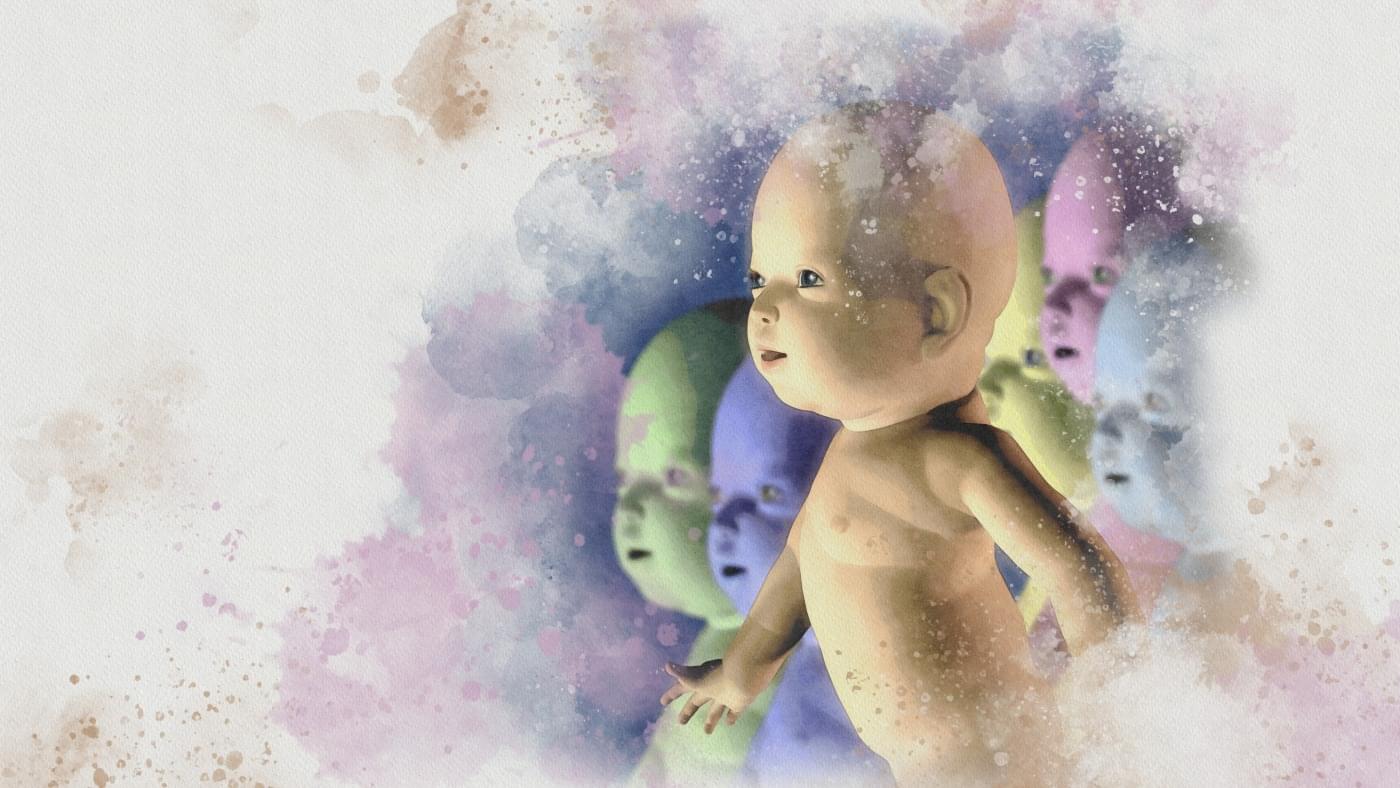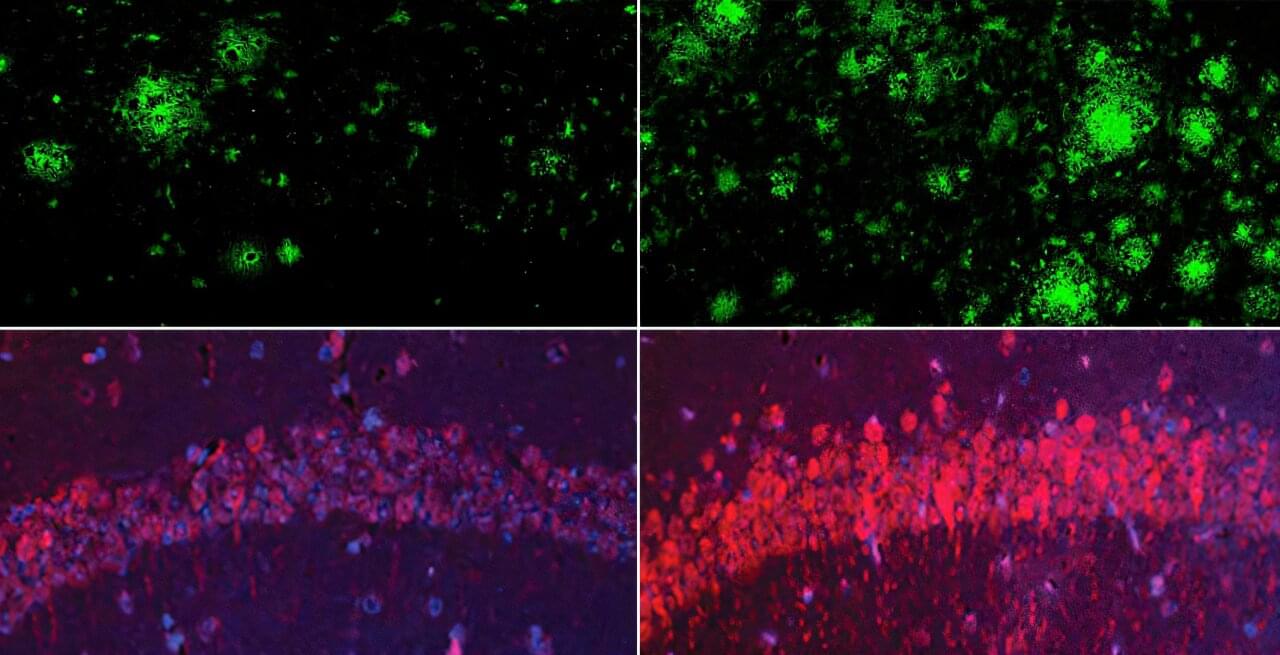CRISPR technology has revolutionized biology, largely because of its simplicity compared to previous gene editing techniques. However, it still takes weeks to learn, design, perform, and analyze CRISPR experiments; first-time CRISPR users often end up with low editing efficiencies and even experts can make costly mistakes.
In a new study, researchers from Stanford University, Princeton University, and the University of California, Berkeley, teamed up with Google DeepMind to create CRISPR-GPT, an artificial intelligence (AI) tool that can guide researchers through every aspect of CRISPR editing from start to finish in as little as one day.1 The results, published in Nature Biomedical Engineering, demonstrate that researchers with no previous CRISPR experience could achieve up to 90 percent efficiency in their first shot at gene editing using the tool.
CRISPR-GPT is a large language model (LLM), a type of AI model that uses text-based input data. Led by Le Cong of Stanford University and Mengdi Wang of Princeton University, the team trained the model on over a decade of expert discussions, as well as established protocols and peer-reviewed literature. They designed it to cover gene knockout, base editing, prime editing, and epigenetic editing systems, and benchmarked the tool against almost 300 test questions and answers.









